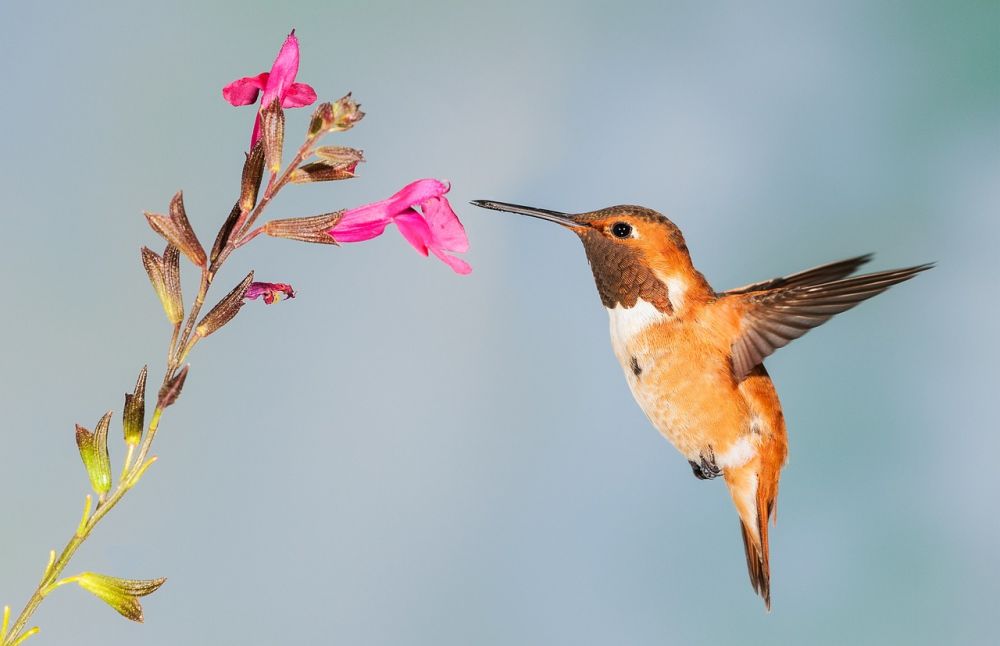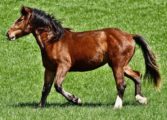Världens Snabbaste Fågel: En Fördjupande Analys

Världens Snabbaste Fågel – En Fascinerande Hasta
Översikt över Världens Snabbaste Fågel

Ubiquitous in folklore and admired for their breathtaking agility, the world’s fastest birds have captivated the interest of nature enthusiasts and birdwatchers for centuries. These avian species showcase astonishing speed and grace in flight, making them a fascinating subject of study and admiration. In this article, we will delve deep into the realm of the world’s fastest birds, exploring their characteristics, diversity, quantitative measurements, differences, and historical significance.
Presentation av Världens Snabbaste Fågel
Differentiating The Fleet-Footed Flyers
As we embark on our exploration of the world’s fastest birds, it is essential to understand that speed is a relative concept which can vary depending on criteria such as level flight, stoop speed, or diving velocity. Nevertheless, a particular group of birds has managed to secure top honors in terms of sheer speed, becoming a subject of awe and wonder. Let us take a closer look at some of these avian marvels:
1. The Peregrine Falcon (Falco peregrinus)
2. The White-throated Needletail (Hirundapus caudacutus)
3. The Spur-winged Goose (Plectropterus gambensis)
4. The Golden Eagle (Aquila chrysaetos)
5. The Gyrfalcon (Falco rusticolus)
These birds have not only impressed scientists with their extraordinary speed but have also earned their place in human culture and folklore.
Kvantitativa Mätningar om Världens Snabbaste Fågel
Pushing the Limits of Speed
To truly understand the astounding speeds at which these birds can soar, it is essential to delve into some quantitative measurements. While it is challenging to obtain precise speed measurements for birds in their natural habitats, scientific studies and field observations have provided us with remarkable estimates. Here are some astonishing figures that highlight the speed capabilities of the world’s fastest birds:
1. The Peregrine Falcon can reach speeds of up to 240 miles per hour (386 kilometers per hour) during its stoop, making it the undisputed champion of speed in avian flight.
2. The White-throated Needletail ranks as one of the fastest horizontally flying birds, with recorded speeds of 105 miles per hour (169 kilometers per hour) in level flight.
3. The Spur-winged Goose showcases impressive speeds by reaching up to 88 miles per hour (142 kilometers per hour) in flight, earning its place among the world’s fastest avian species.
4. The Golden Eagle, with its substantial wingspan and powerful flight muscles, can achieve speeds of up to 150 miles per hour (240 kilometers per hour).
5. The Gyrfalcon, a majestic bird of prey, can reach speeds of 130 miles per hour (209 kilometers per hour) during its hunting dives.
These numbers illustrate the astonishing capabilities of these winged wonders and solidify their position as the champions of the sky.
Skillnader Mellan Världens Snabbaste Fågel
Diverse Yet United in Speed
While the world’s fastest birds share a common characteristic of impressive speed, they differ in various aspects, such as biological adaptations, flying techniques, and prey preferences. Each species has evolved to suit its environment and hunting strategies. Let’s explore some of these differences:
1. Adaptations:
– The Peregrine Falcon’s streamlined body, sharp beak, and powerful wings allow it to swiftly maneuver through the air, enabling its incredible stoop speed.
– The White-throated Needletail possesses long, slender wings and a forked tail, helping it achieve swift horizontal flight.
– The Spur-winged Goose showcases a unique wing structure and strong pectoral muscles, providing the necessary thrust and lift during flight.
– The Golden Eagle’s immense size and wingspan allow it to soar gracefully while maintaining impressive speeds.
– The Gyrfalcon possesses specialized nostrils that help regulate airflow while diving, ensuring precision and speed during hunting.
2. Hunting Techniques:
– Peregrine falcons are renowned for their stoop technique, where they dive at astonishing speeds to catch their prey.
– White-throated Needletails excel at aerial foraging, capturing insects on the move during their breathtaking low-level horizontal flights.
– Spur-winged Geese primarily rely on their fast flight speeds to evade predators and to migrate over vast distances.
– Golden Eagles employ both active hunting and opportunistic scavenging, utilizing their speed and strength to capture small to medium-sized animals.
– Gyrfalcons execute high-speed dives to intercept their prey, using their incredible acceleration and aerial agility.
Despite their differences, all these birds embody the precision and skill required for rapid aerial maneuvers, making them exceptional creatures of flight.
Historisk Genomgång av För- och Nackdelar med Världens Snabbaste Fågel
A Historical Glimpse: Advantages and Disadvantages
Since ancient times, the world’s fastest birds have captured the imagination of humanity. People have been intrigued by their speed and unique abilities, leading to various historical associations, both positive and negative. Let’s explore some of these:
1. Historical Significance:
– The Peregrine Falcon has been revered for its prowess in falconry, a sport where trained falcons hunt other birds for sport or food. They were highly prized by medieval falconers.
– The White-throated Needletail has historic significance in East Asia, where it is associated with folklore and migratory patterns.
– The Spur-winged Goose has been admired for its grace and speed during migration, symbolizing freedom and adaptability.
– The Golden Eagle has enjoyed a special place in ancient mythology, being regarded as a symbol of power, strength, and royalty.
– The Gyrfalcon has been highly valued in falconry due to its exceptional speed, grace, and adaptability in extreme cold climates.
2. Challenges Faced:
– Rapid urbanization and habitat loss pose significant challenges to the survival of the world’s fastest birds, particularly the Peregrine Falcon and Golden Eagle.
– Illegal hunting, pollution, and climate change affect the migration patterns and breeding grounds of species like the White-throated Needletail and Spur-winged Goose.
– The Gyrfalcon faces threats from the decline in its primary food source (lemmings) due to climate change and human activities.
These historical insights shed light on the profound impact these birds have had on societies throughout the ages and the challenges they face in our ever-changing world.
In conclusion, the world’s fastest birds serve as a testament to the wonders of nature and the pursuit of excellence in flight. Their exceptional speed, diverse characteristics, and historical significance provide a rich tapestry of knowledge and inspiration. Whether one is an avid birder, a lover of nature, or simply amazed by the marvelous feats of these avian wonders, the world’s fastest birds continue to leave us in awe, reminding us of the boundless beauty and extraordinary capabilities of the natural world.
















































